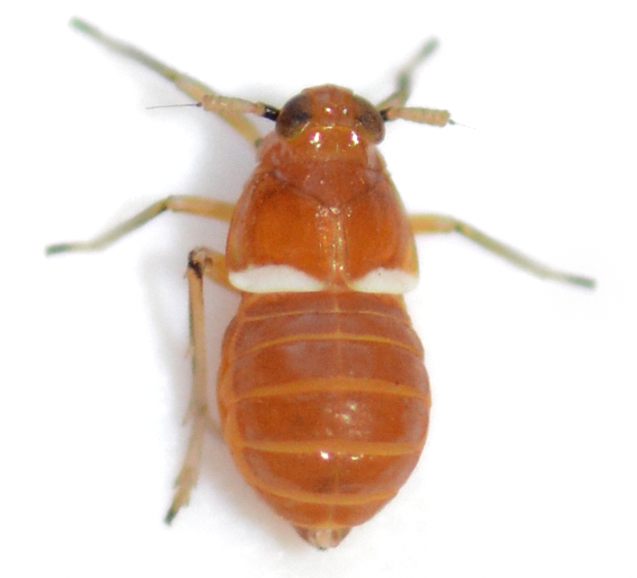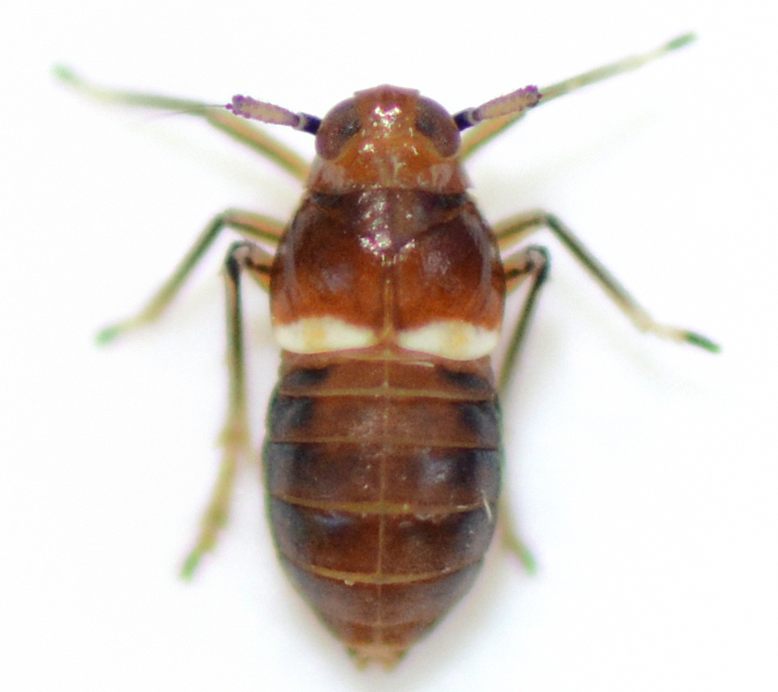| description |
A variable species, ranging in color from bright orange to nearly black. For brachypterous individuals, the tips of the wings are white; otherwise, the body is mostly the same color. There is a black band across the clypeus on the face. The first antennal segment is black, and there is a black line across the front of the second antennal segment; there also black lines on the front of the legs. Macropterous individuals have clear wings but otherwise the same pattern and colors at brachypters. Adult brachypterous males are around 1.77 mm long, while females are around 2.36 mm; macropterous males are around 2.84 mm long while females are around 3.07 mm. (Bartlett & Deitz, 2000)
Nymphs are entirely orange. |
| comments |
Bartlett states: "Morgan and Beamer (1949: 132) noted, "The body color of this species
varies greatly with the season in which they are collected. The summer forms
are usually honey-colored and those taken during the winter or early spring are
almost black." A long series collected in Bladen Co., NC, in September included
both color morphs (for brachypters and macropters), with the lighter morph
dominant." (Bartlett & Deitz, 2000)
This species is very similar to P. delicatus and can only reliably be distinguished by genitalia. However, binotatus is the much more common and expected species in North Carolina, with delicatus more commonly found along the coast. Macropterous individuals of binotatus could also be confused with P. brunneus macrotpers. However, brunneus lacks the black line on the second antennal segment (segment is pale) and binotatus tends to be quite shiny while brunneus is more dull colored. |
Species Photo Gallery for Pissonotus binotatus No Common Name |
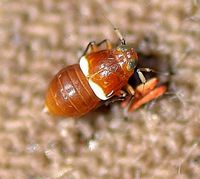 | Photo by: Paul Scharf
Warren Co.
Comment: Caught Sweeping | 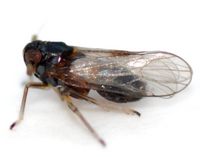 | Photo by: Kyle Kittelberger, Paul Scharf
Beaufort Co.
Comment: grassy, brushy habitat in a pine dominated forest; 5 long-winged adults |
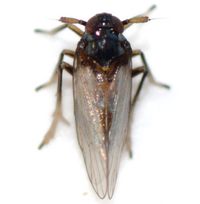 | Photo by: Kyle Kittelberger, Paul Scharf
Beaufort Co.
Comment: grassy, brushy habitat in a pine dominated forest; 5 long-winged adults | 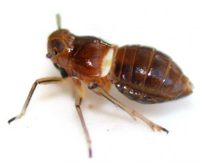 | Photo by: Kyle Kittelberger, Paul Scharf
Beaufort Co.
Comment: grassy, brushy habitat in a pine dominated forest |
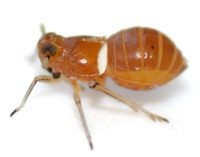 | Photo by: Kyle Kittelberger, Paul Scharf
Beaufort Co.
Comment: grassy, brushy habitat in a pine dominated forest | 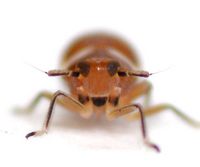 | Photo by: Kyle Kittelberger, Paul Scharf
Beaufort Co.
Comment: grassy, brushy habitat in a pine dominated forest |
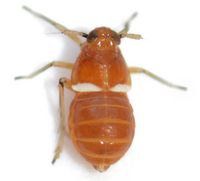 | Photo by: Kyle Kittelberger, Paul Scharf
Beaufort Co.
Comment: grassy, brushy habitat in a pine dominated forest | 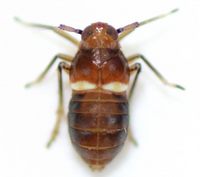 | Photo by: Kyle Kittelberger, Paul Scharf
Beaufort Co.
Comment: grassy, brushy habitat in a pine dominated forest |
 | Photo by: Kyle Kittelberger, Brian Bockhahn
Cumberland Co.
Comment: attracted at night with a light |  | Photo by: Kyle Kittelberger, Brian Bockhahn
Cumberland Co.
Comment: attracted at night with a light |
 | Photo by: Kyle Kittelberger, Brian Bockhahn
Cumberland Co.
Comment: attracted at night with a light | 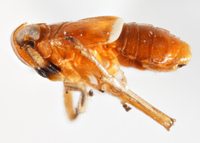 | Photo by: unknown
Out Of State Co.
Comment: malernphotos provided by C.R. Bartlett |
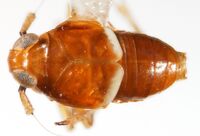 | Photo by: unknown
Out Of State Co.
Comment: malernphotos provided by C.R. Bartlett |  | Photo by: unknown
Out Of State Co.
Comment: malernphotos provided by C.R. Bartlett |
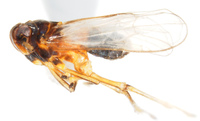 | Photo by: unknown
Swain Co.
Comment: UDCC_TCN 00005712rnmalernphotos provided by C.R. Bartlett |  | Photo by: unknown
Swain Co.
Comment: UDCC_TCN 00005712rnmalernphotos provided by C.R. Bartlett |
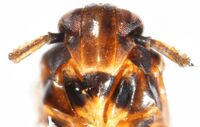 | Photo by: unknown
Swain Co.
Comment: UDCC_TCN 00005712rnmalernphotos provided by C.R. Bartlett | 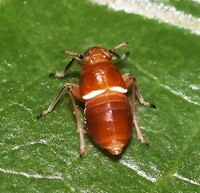 | Photo by: Rob Van Epps
Mecklenburg Co.
Comment: Caught sweeping in grassy area along greenway. |
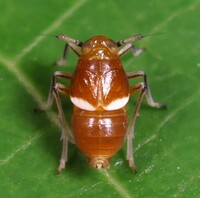 | Photo by: Rob Van Epps
Mecklenburg Co.
Comment: Caught sweeping in grassy area near woods. |  | Photo by: Rob Van Epps
Mecklenburg Co.
Comment: Caught sweeping in grassy area near woods. |
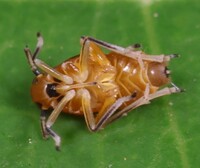 | Photo by: Rob Van Epps
Mecklenburg Co.
Comment: Caught sweeping in grassy area near woods. |

 »
»